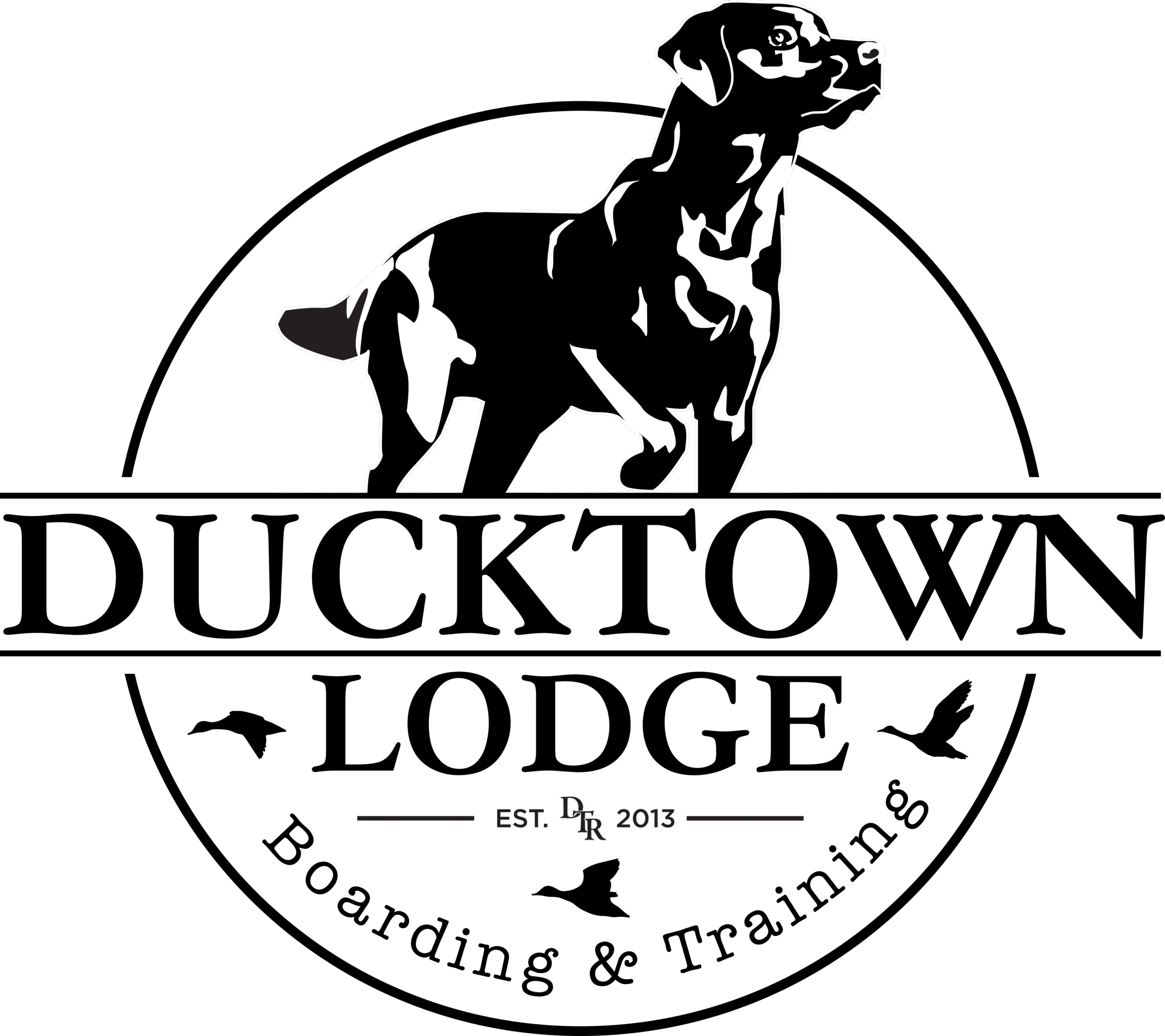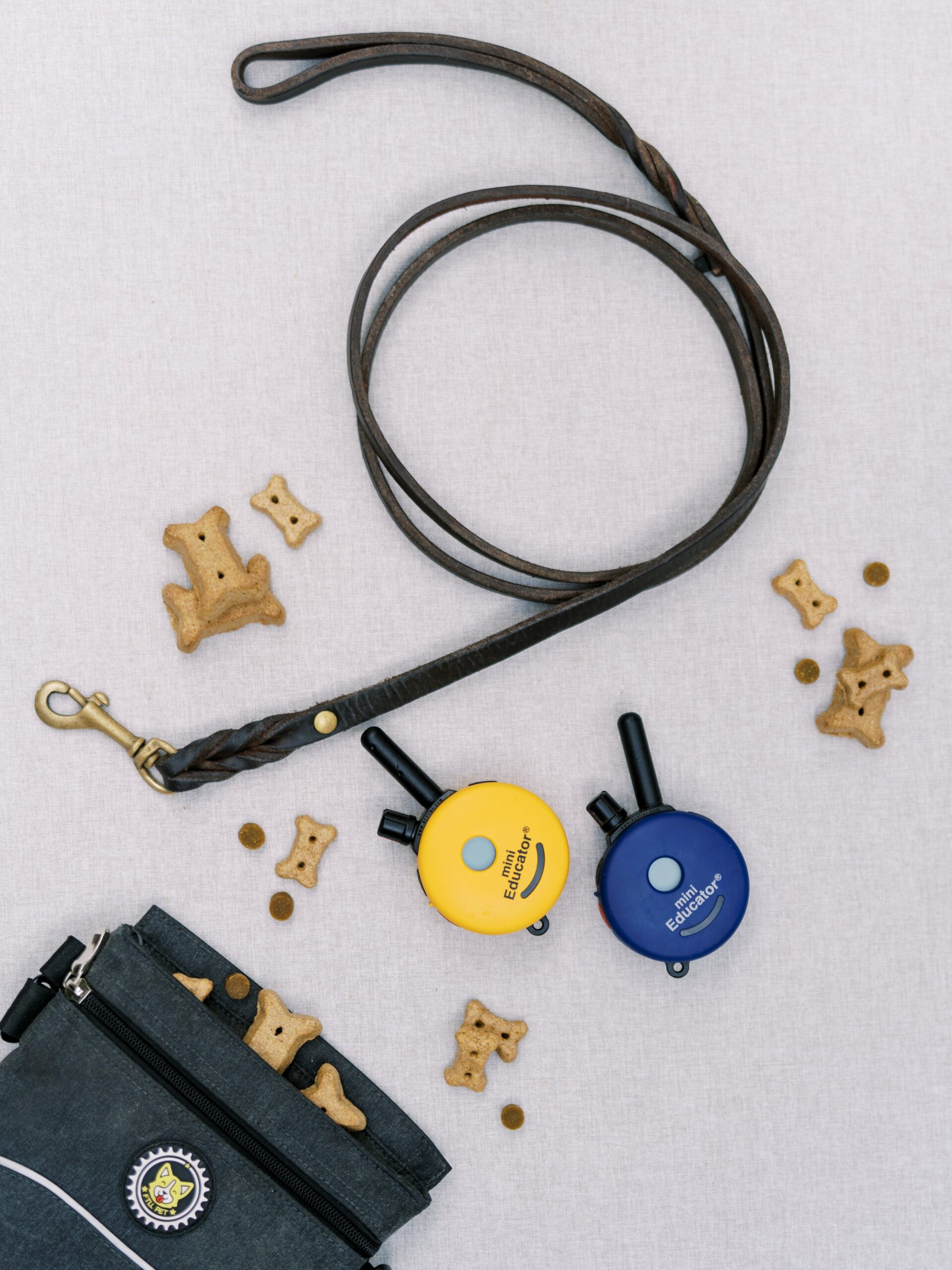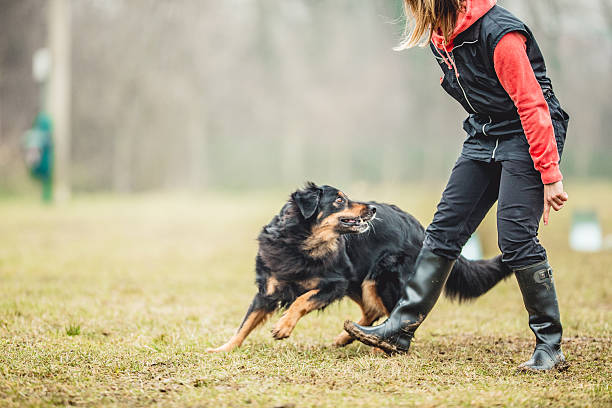Building Trust, Not Tension

Crate training can bring structure and calm to your dog’s life, but it has to start with trust. When done gently, it gives your dog a space that feels like their own—safe, predictable, and peaceful. Whether you’re raising a puppy or guiding an older dog, the crate should never feel like punishment. It’s not about control—it’s about comfort.
Crate training works best when you focus on calm consistency, not confinement. A crate becomes a place for rest, not restriction, when you build positive associations and a steady routine.
What You’ll Learn in This Guide
In this guide, we’ll walk through ten trainer-approved crate training tips that help dogs feel safe, calm, and confident. You’ll learn how to make the crate a peaceful den—not a cage—and how to use it as part of your dog’s daily rhythm. These tips come from years of hands-on experience right here in Cumming, GA, where the focus is always on connection, not correction.
Understanding Why Crate Training Works
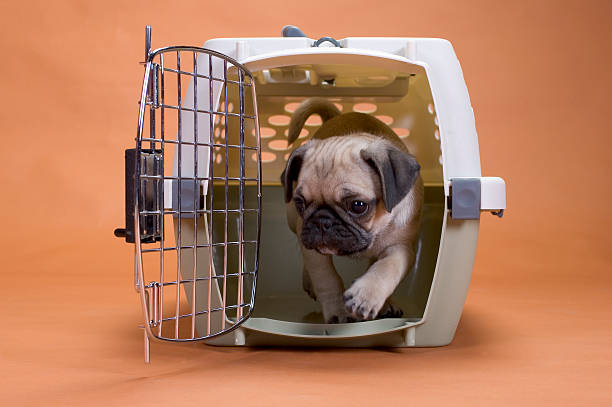
Crate training helps your dog feel safe in a world full of stimulation. Dogs naturally seek out small, quiet spaces—it’s part of their instinct to find security in a “den.” When introduced correctly, the crate becomes that comforting space where your dog can rest, self-soothe, and reset.
Beyond comfort, crate training supports structure. It helps with potty training, prevents destructive habits, and gives you a safe way to help your dog relax when life gets busy. At Ducktown Lodge in Cumming, GA, we see it as one of the simplest, most effective tools to build trust between dog and human—because when your dog has a clear, calm routine, everyone feels more at ease. We have always followed AKC. Being an AKC Breeder has helped us grow and educate families.
Choose the Right Crate Size and Setup
The right setup is where success begins. Your dog’s crate should feel cozy, not cramped.
- Proper Fit: Your dog should be able to stand, turn around, and lie down comfortably. Too much space, though, can make potty training harder.
- Placement Matters: Keep the crate in a quiet area of your home where your dog can still see or hear you. Dogs thrive when they feel close to the family, not isolated.
- Comfort Inside: Add a soft bed, blanket, or your dog’s favorite toy to make the space feel familiar.
At Ducktown Lodge, we always remind clients—your dog’s crate should look like a bedroom, not a holding pen. Comfort builds trust.
Tip 1: Start with Curiosity, Not Control

When you first introduce your dog to the crate, resist the urge to rush. Leave the door open, sprinkle a few treats just inside, and let curiosity do the work. If your dog hesitates, that’s okay. Progress happens one paw at a time.
Dogs remember first impressions. Forcing them in or closing the door too soon can make them feel trapped. Instead, invite them to explore at their own pace. Every positive experience builds confidence—and confidence leads to calm.
Tip 2: Make Positive Assocations
A crate should never be used as punishment. It’s not a timeout—it’s a safe space. Pair the crate with positive moments: feed meals nearby, offer a favorite chew toy, or give quiet praise when your dog rests inside.
You can even make the crate part of your daily routine. When you sit down for dinner or start a Zoom call, give your dog a calm signal—like “crate” or “place”—and let them settle in with something they enjoy. Over time, the crate becomes a place where good things happen.
Tip 3: Reward Calm Behavior
Crate training works through reinforcement, not force. Dogs repeat behaviors that feel rewarding, so praise your dog when they’re relaxed in the crate or choose to rest there on their own.
Keep treats nearby so you can reward calm behavior in real time. You don’t need to throw a party—just a simple “good job” or a treat dropped quietly through the crate door tells them this is what you like. Calm creates calm.
Tip 4: Use Cues to Build Clarity
Teaching a cue like “crate” or “kennel up” makes crate time clear and predictable. Say the cue in a soft, steady tone, and reward your dog as soon as they step inside.
Avoid shouting or sounding frustrated; dogs mirror your tone. If you sound calm, they’ll feel calm. Consistent cues help your dog understand what’s expected—and eliminate confusion or resistance down the road.
Tip 5: Feed Meals in the Crate
Food builds trust faster than almost anything else. Feeding your dog inside the crate turns it into a “happy place.”
Start by placing the food bowl near the crate entrance, then gradually move it inside as your dog feels more comfortable. Soon, they’ll trot right in at mealtime—tail wagging—because the crate now means satisfaction and safety.
Tip 6: Add Comfort and Enrichment
Crate time doesn’t have to be boring. Offer enrichment toys to help your dog relax and self-soothe.
- Safe Chews: Long-lasting chews like bully sticks or rubber toys filled with peanut butter.
- Puzzle Toys: Encourage problem-solving while keeping their mind engaged.
- Frozen Treats: Stuff a toy with kibble and broth, then freeze for a soothing, time-consuming activity.
Make sure all toys are safe for your dog’s size and chewing strength. Enrichment helps your dog see crate time as enjoyable, not lonely.
Tip 7: Keep Crate Time Short and Sweet
Start small. Five minutes. Then ten. Then maybe twenty. Let your dog adjust at their own pace. The goal is to leave them wanting more—not wishing it would end.
Pushing too fast can create anxiety. Instead, build up duration naturally by pairing crate time with relaxation cues like calm music, dim lighting, or a familiar routine. Quality matters more than time.
Tip 8: Stay Consistent with Routine
Dogs thrive on rhythm. Choose consistent crate times—like after meals, during rest breaks, or bedtime—and stick with them.
Consistency builds confidence. It helps your dog predict what’s next, which lowers stress. The same rule applies to people: once you’ve built a steady rhythm, you’ll both breathe easier.
Tip 9: Handle Whining or Barking Calmly
Whining often comes from uncertainty, not disobedience. Don’t scold your dog for vocalizing; it only adds pressure. Wait for a quiet moment, then reward calm behavior.
If the whining continues, review your process. Did you move too fast? Is the crate in a noisy area? Go back a step and rebuild confidence slowly. Progress in crate training is measured in trust, not minutes.
Tip 10: Make It Part of Everyday Life
The crate shouldn’t appear only when you leave the house. Make it part of normal routines—naptime, quiet time, or evening relaxation.
This prevents your dog from associating the crate with separation. It becomes a steady, familiar space they choose to rest in—just like their favorite spot on the couch.
Common Mistakes to Avoid
Even with the best intentions, mistakes happen. Here’s what to watch for:
- Forcing the process: It builds resistance instead of trust.
- Leaving dogs too long: Crates aren’t substitutes for attention.
- Using it for punishment: It undoes all your positive progress.
- Skipping consistency: Mixed signals create confusion and stress.
When in doubt, slow down. Gentle repetition is far more effective than correction.
The Ducktown Way: Crate Training with the Puppy Culture Method

At Ducktown Lodge, crate training isn’t just about structure—it’s about emotional development. Long before we opened the Lodge, we raised litters of puppies using the Puppy Culture method, a research-based approach that teaches calm, confidence, and communication from the start.
Over the years, we’ve helped hundreds of families learn this same method, and the results are consistent: calmer puppies, smoother transitions, and stronger bonds between dogs and their people.
The Puppy Culture crate training method begins with a simple goal—make the crate feel safe and rewarding. We start by introducing the crate in a lively area of the home so puppies associate it with family life, not isolation. We feed meals inside the crate, toss in treats during play, and let the puppy go in and out freely at first. Over time, we gradually close the door for short moments while they enjoy a toy or chew.
But what truly sets this method apart are the emotional resiliency exercises. We play what we call “crate games” that build trust, patience, and independence. Puppies learn to “mand”—to ask politely to be let out—instead of whining or pawing. This develops impulse control and communication skills that carry into every part of their life.
This gradual, positive approach is exactly how we guide both puppies and adult dogs at Ducktown Lodge. It’s not about compliance—it’s about confidence. When dogs learn that calm behavior earns connection, the crate becomes something they choose, not something they resist.
That’s the Ducktown difference: a method rooted in education, empathy, and experience—helping dogs feel at home, wherever they are.
A Real Example from Cumming, GA
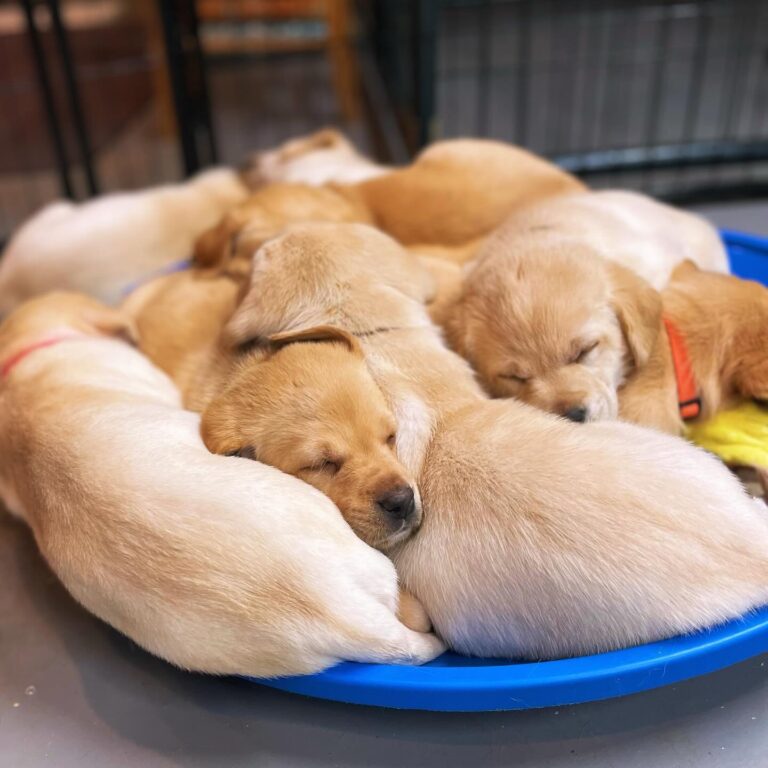
At Ducktown Lodge, we often meet dogs who arrive nervous and unsure—especially those who’ve never had structure. One young shepherd mix came in anxious, pacing, unable to rest. Over a few days, we introduced her to a quiet crate, layered in routine, and stayed consistent.
By the end of her stay, she’d started walking into her crate on her own to nap. The difference wasn’t obedience—it was peace. Her owner cried at pickup, saying, “She’s finally able to relax.” That’s the power of calm, respectful structure.
Need Help Creating Calm Structure at Home?
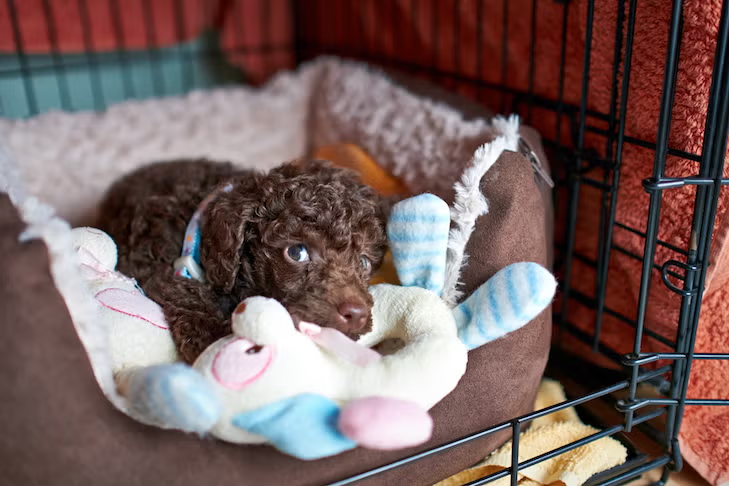
If you’re struggling with crate training or want professional guidance, Ducktown Lodge can help. We specialize in calm, emotionally aware dog training in Cumming, GA—focused on trust, clarity, and connection.
We’ll help you understand your dog’s needs and build routines that actually work at home.
Let’s talk about your dog. Whether you need boarding, board-and-train, or just advice, we’re here to make crate training—and every part of care—feel better for both of you.
If crate training has felt confusing or stressful, you’re not alone.
At Ducktown Lodge, we help families across North Georgia build calm, confident routines using trust—not tension.
✨ Let’s talk about your dog.
We’ll guide you through simple, relationship-based training that helps both of you breathe easier.
📍 Serving Cumming, GA and surrounding areas
📞 (770) 733-0836 | 💌 hello@ducktownlodge.com
